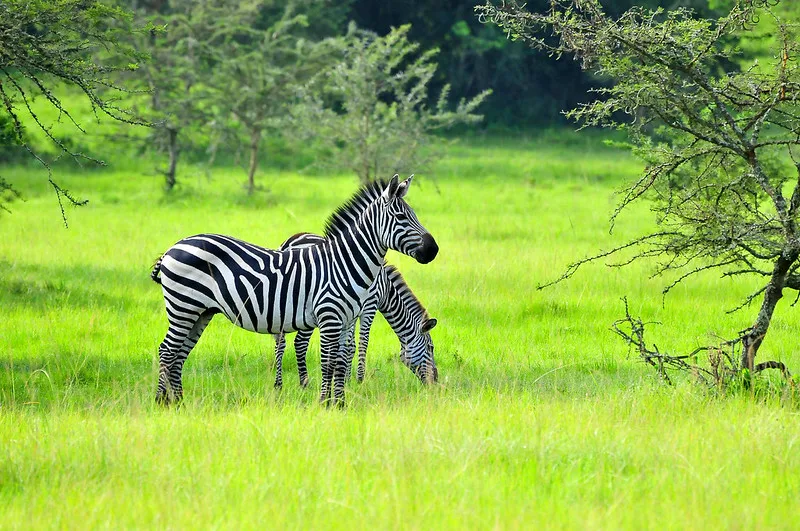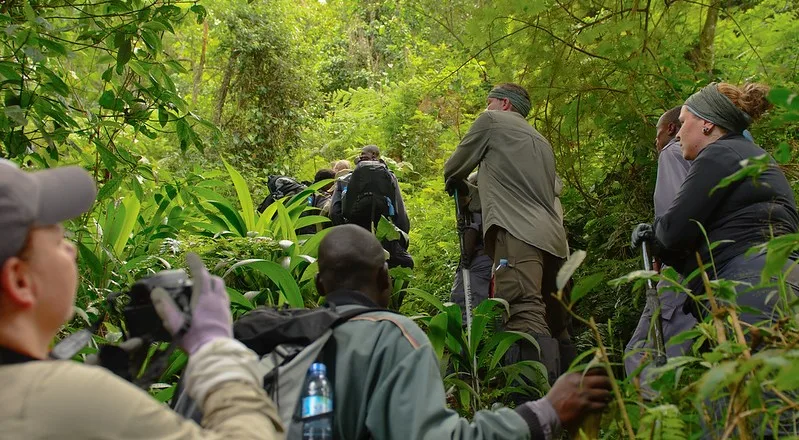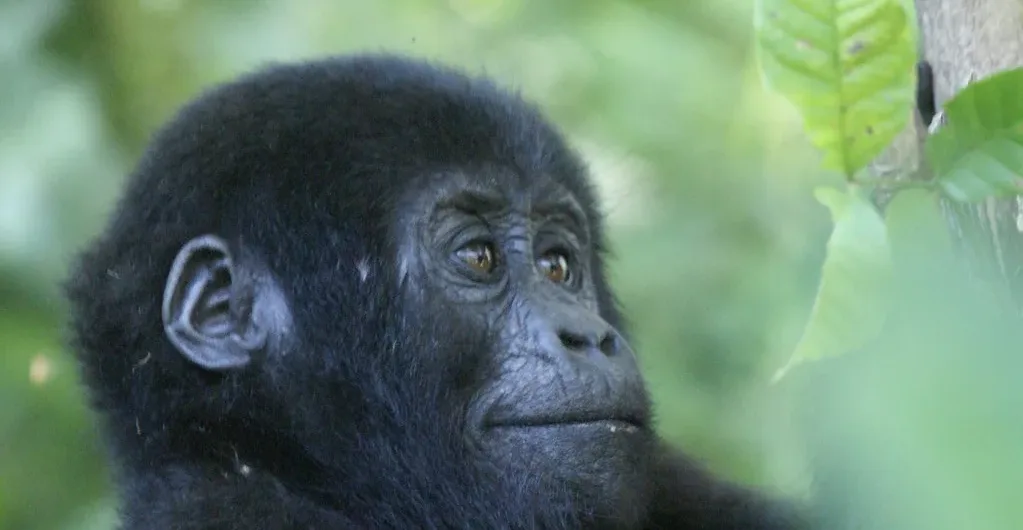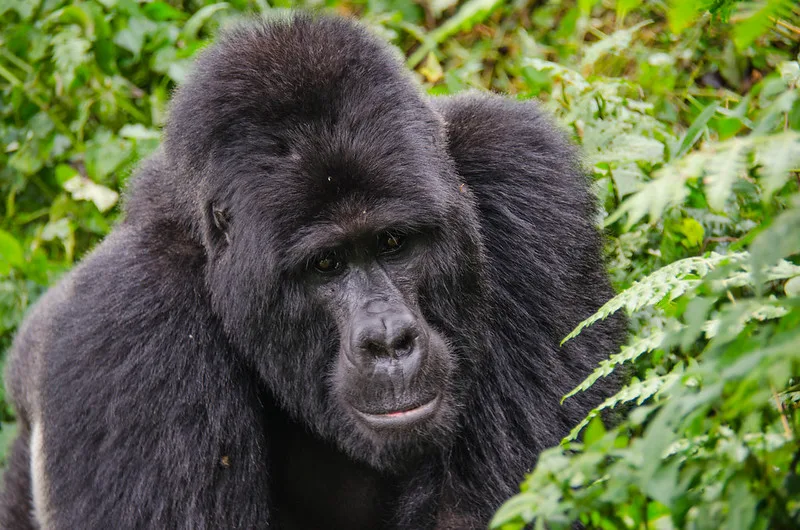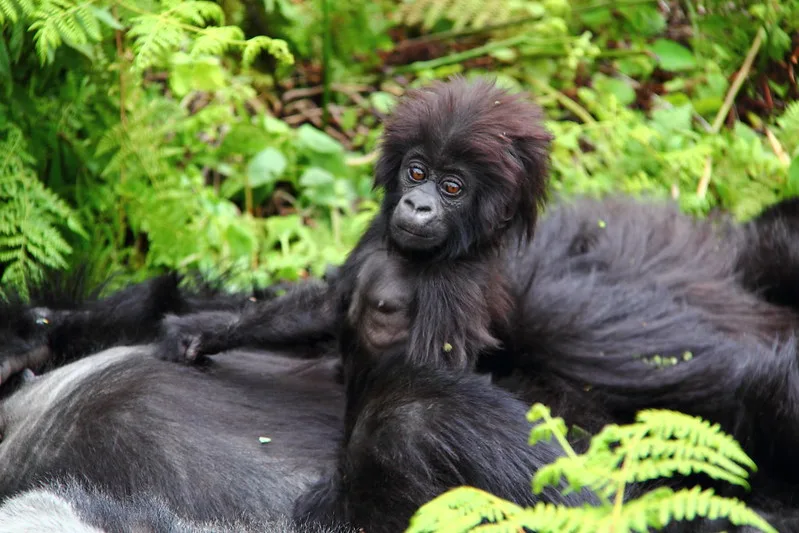Why You Should Plan to Do Gorilla Habituation Experience In 2024-2025.
See why you should gorilla habituate in 2024–2025. Gorilla habituation has been a popular African safari since 2014. You have more time with mountain gorillas on the four-hour habituation experience. One-hour gorilla trekking safaris are typical.
The gorilla habituation experience involves four hours with a semi-habituated mountain gorilla family and a team of researchers.
You have more time with mountain gorillas in the gorilla habituation experience than in gorilla trekking.
Booking the gorilla habituation experience between 2024 and 2025 might mark 10 years since its start and create history. Be part of history and celebrate this feat with gorilla habituation.
Four guests max for the gorilla habituation experience, allowing enough space and a better view of the mountain gorillas.
During the gorilla habituation experience, you may encounter waterfalls, other primates, uncommon tree species only found in Virunga, a diversity of birds, and a vast network of rivers. Beyond seeing mountain gorillas, the gorilla habituation experience offers all you need for great wildlife photography and filming.
The gorilla habituation experience reveals forest operations and visitor secrets. Mountain gorillas behave like humans with 96% human DNA. Gorilla habituation lets you comprehend their lives and makes leaving difficult without feeling closer to them.
Where should 2024–2025 gorilla habitat experience take place?
Southern Bwindi Impenetrable National Park in Uganda is having gorilla habituation. Two gorilla families are available for this trip, with four public bookings each day.
Travelers may spend four hours with researchers and trackers in the jungle to experience gorilla habituation.
The cost of a Gorilla Habituation Experience Permit?
Gorilla habituation costs 750000shs for East Africans, $1500 for foreign non-residents, and $1000 for foreign residents.
Gorilla permits include government taxes, a certificate, four hours with mountain gorillas, local community aid, researcher expenditures, ranger guide fees, security, conservation, and more.
Porter job, accommodation, transportation, and food are exempt from gorilla habituation costs.
Worth the Gorilla Habituation Experience price?
A gorilla habituation permit is worth every dime. The globe respects mountain gorillas, a vulnerable primate. You’re lucky since gorilla families can only have four visitors. Gorilla habituation keeps gorillas semi-habituated, which helps conservation.
Purchase of a gorilla permit funds mountain gorilla preservation. This followed American primatologist Dian Fossey’s 1980s mountain gorilla census. However, the census found 300 mountain gorillas worldwide. Mountain gorillas are among the rarest and most endangered apes. Sales of gorilla permits and packages have raised the mountain gorilla numbers over 1000.
When should Gorilla Habituation Experience Safari be booked?
Booking gorilla permits is necessary to verify gorilla habituation. Some travelers seek gorilla permits six months to a year in advance because to their restricted availability. The world can book two gorilla families, but each family can only have four habituation permits.
Gorillas may live year-round, although the dry season—June, July, August, September, December, and January—is most popular. Virunga is notable for its yearly precipitation, yet the dry season may be less humid.
Even woodland roads are easier to walk on since the dense canopy lets more light dry the logged water. In dry seasons, rivers flow, preventing water overflow that causes mud. Mountain gorillas and other forest dwellers roam freely and near to the earth. The dry season simplifies mountain gorilla viewing.
Gorilla permit demand drops during Uganda’s low tourist season in March, April, May, and November, the rainy season. Most service providers try to break even this season, but last-minute gorilla permits are more likely if you plan to travel on a budget but have superior lodging and transportation.
Does the Gorilla Habituation Experience have an age limit?
Only those 15 and older may habituate gorillas. This matched Virunga’s volcanic mountains. Hiking to the hills or deep valley where mountain gorillas may be may be tough for children under 15.
A child under 15 may not comprehend gorilla habituation rules at first. Mountain gorillas may emit adrenaline. Visitors are expected to show signs of products, although children under 15 may not refuse. A child may create noise in the bush in front of mountain gorillas, frightening them and making them hide. The regulations prohibit this.
Do Mountain Gorillas Aggress During Habituation?
Though intimidating, mountain gorillas are peaceful primates. Mountain gorillas with sunken brown eyes have scary dark-furred bodies. Spending time with mountain gorillas reveals their essence. Shy and quiet primates.
This does not mean you encourage or imitate them since your message may be unclear. Mountain gorillas anger by hooting, chest-thumping, dragging grass, and more.
Don’t run away—this might ignite a forest stampede. Wait for the ranger guide to diagnose the issue, then crawl and try alternative methods.
After your time with the mountain gorillas, exit quietly to avoid notice. Mountain gorillas are sensitive primates that want to assert their dominance in the wild, thus follow gorilla habituation recommendations. Have fun with the gorilla family without touching the infants, even if they approach. Though active and adventurous, babies and juveniles should not be handled.
Are Tedious Gorillas habituated?
Gorilla habituation is exhausting due to the terrain. Volcanic activity formed hills and plateaus in Bwindi Impenetrable National Park.
Mountain gorillas may feed on these heights, but sometimes their starting points are distant in the lowlands and you must descend. Maybe you have to walk to see mountain gorillas.
You may need some fitness to complete the gorilla habituation challenge.
Does my Gorilla Habituation Experience need a Porter?
Yes, if you need affordable gorilla habituation equipment. A Uganda Wildlife Authority-hired porter can assist you carry your belongings while hunting and staying among mountain gorillas.
Gear may slow you down while searching for mountain gorillas, but you must know when. The porter may push you when fatigued.
Hiring a porter is one way to give back to the community. They live with this money instead of searching for the forest.
Safe Gorilla Habituation
The gorilla habituation experience is safe since these mountain gorillas were acclimated before public access. Mountain gorillas may behave strangely during habituation because they are natural yet not panicked. With knowledge about mountain gorilla features and how to overcome them, researchers can assist you through the procedure.
Follow gorilla habituation instructions from the briefing.
The gorilla habituation team includes ranger guides with at least two directions and emergency kit like a knife and rifle. Rangers carry a radio call to stay in touch with ground security in case of backup.
The Bwindi Impenetrable National territory Security and other Ugandan security forces maintain law and order within and beyond the territory.
Not entering the forest without a ranger guidance and staying near to the people’s habituation will help you avoid getting lost. Keeping your valuables concealed may attract the wrong business.
Encounter Africa Safaris offers a selection of gorilla habitat experience safaris, including luxury, mid-range, and budget options. Since gorilla habituation spans all safari packages, its costs are higher.
As previously stated, gorilla habituation experience permits cost $1500. To calculate the cost of a gorilla habituation experience safari, we consider the number of days, the itinerary, additional activities, certified companions, and others.
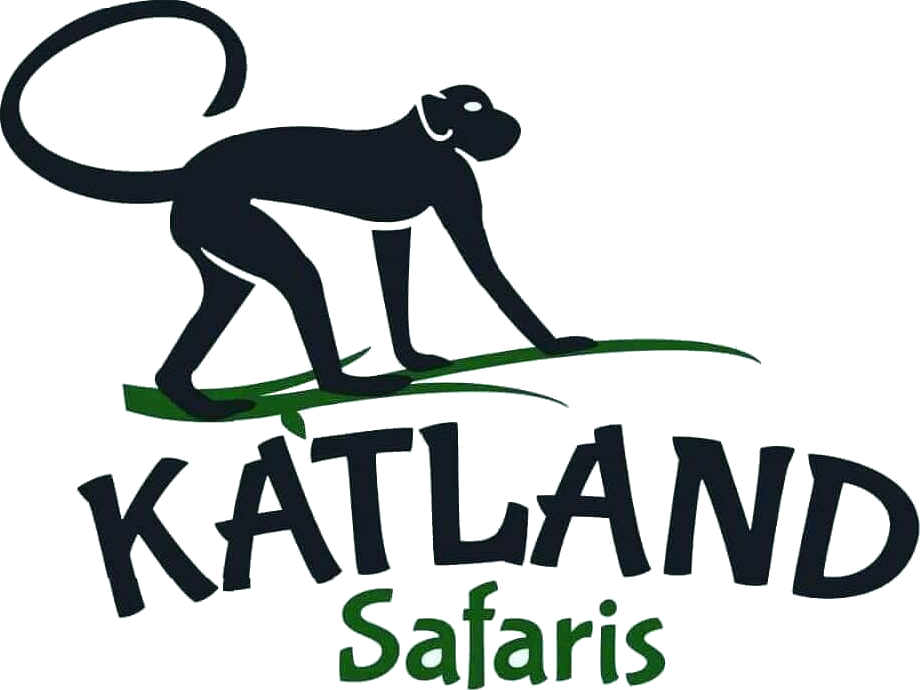
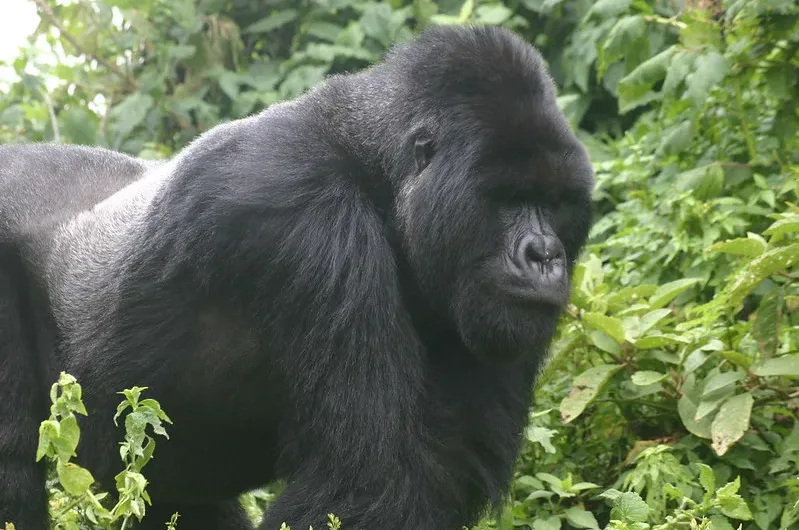

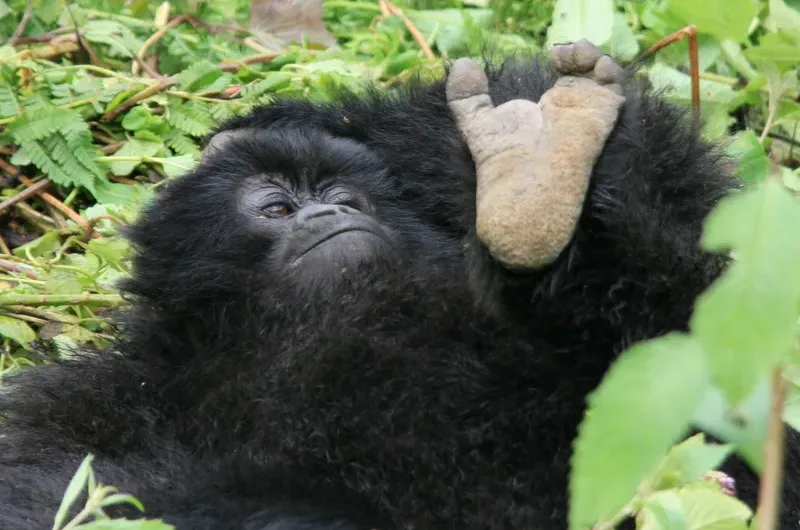

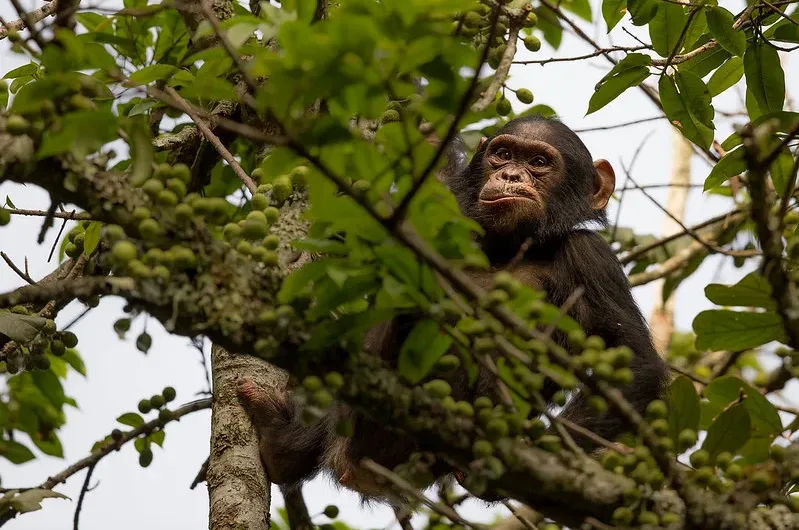
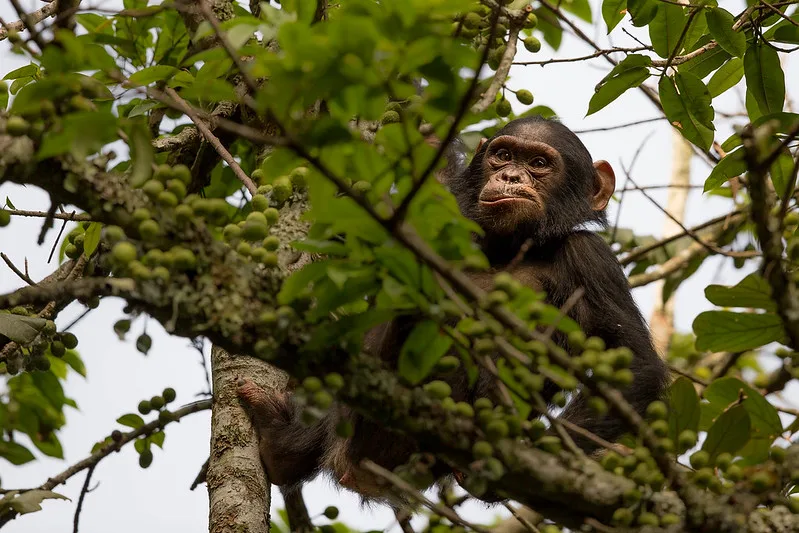
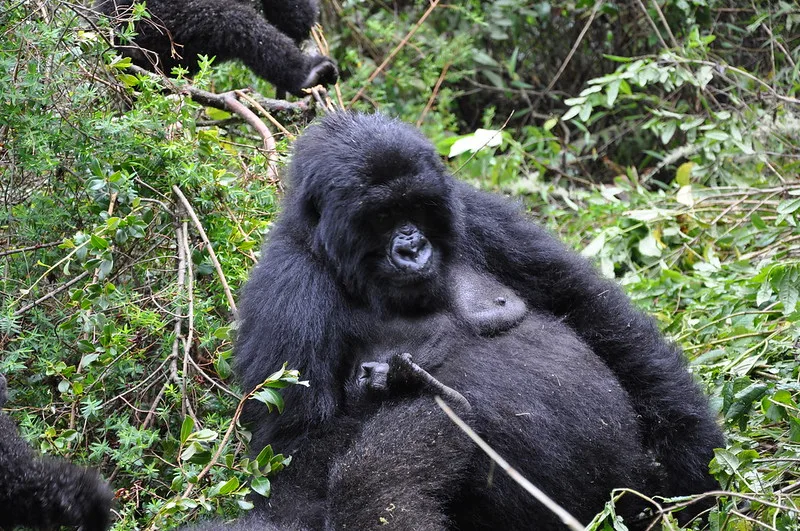
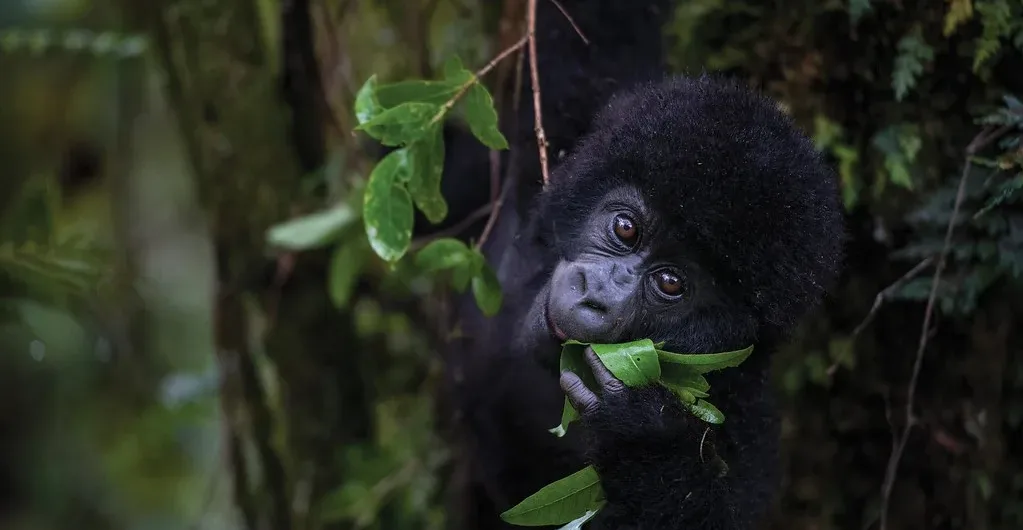
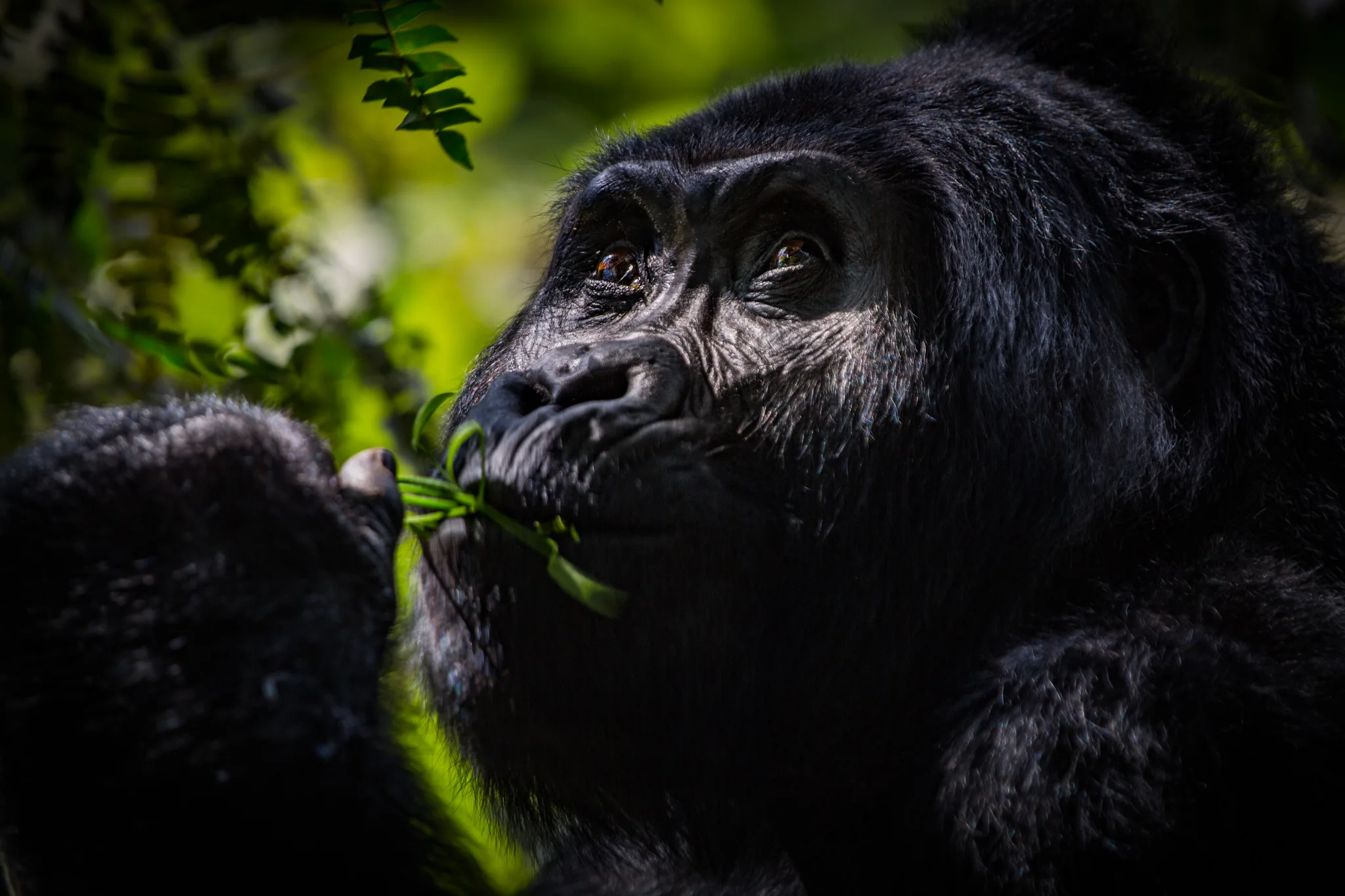

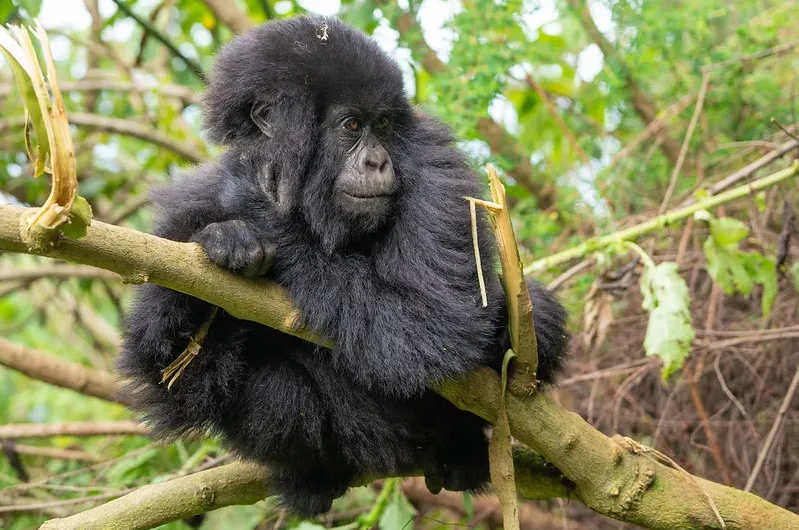
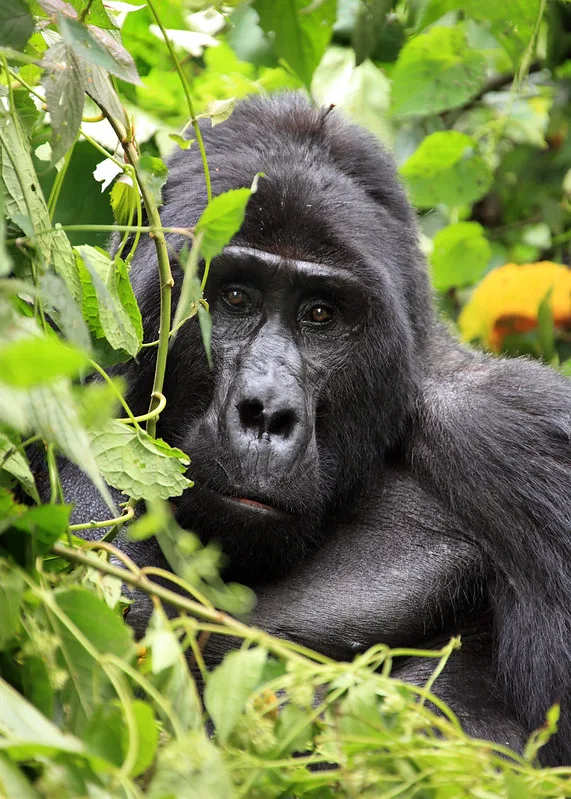
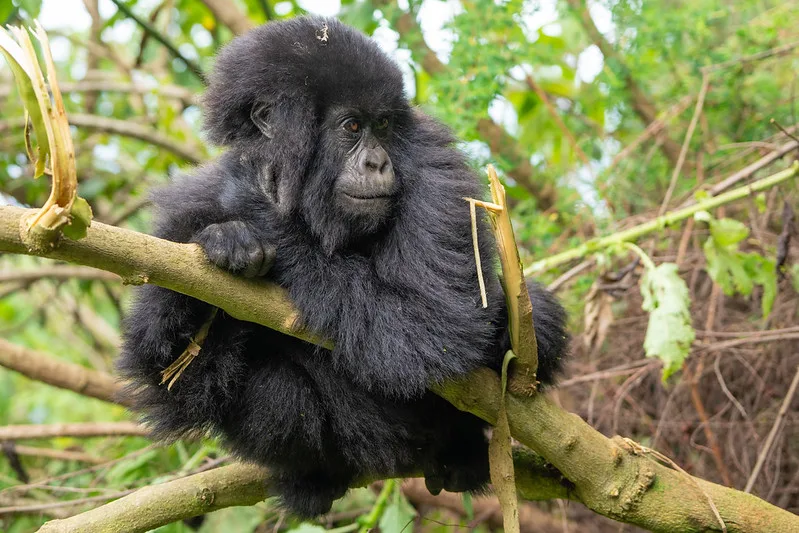
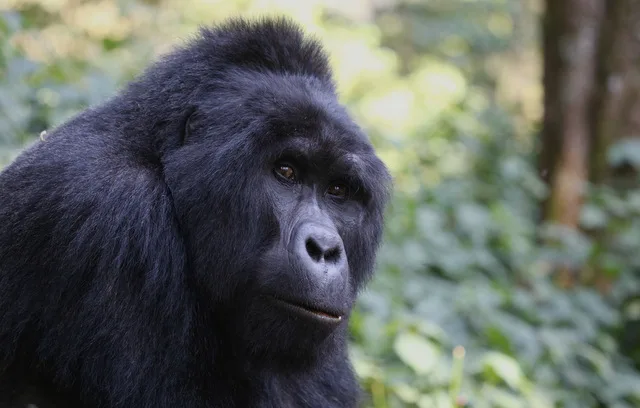
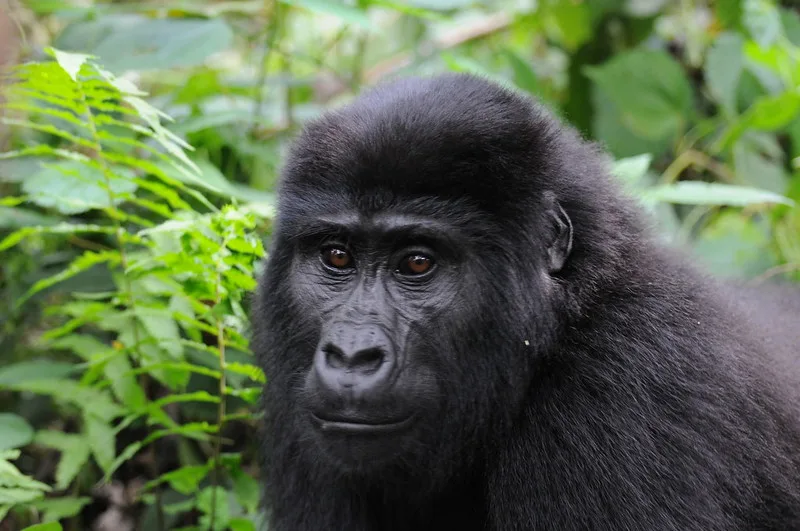
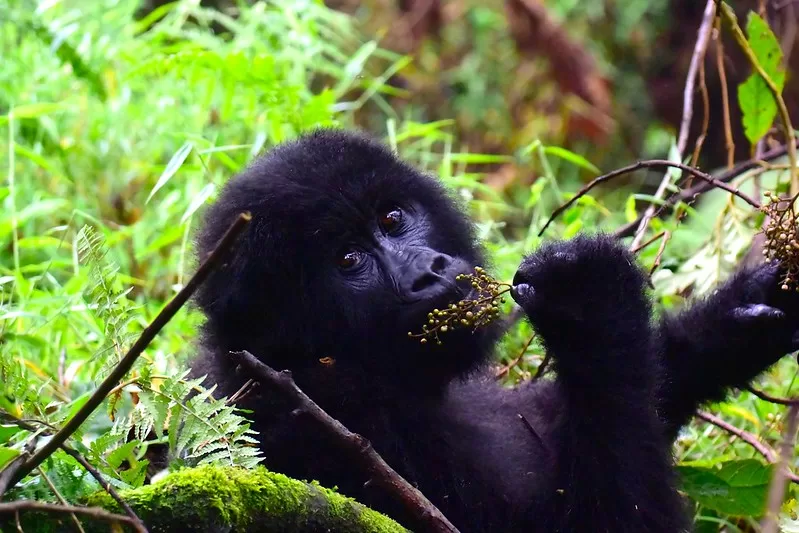
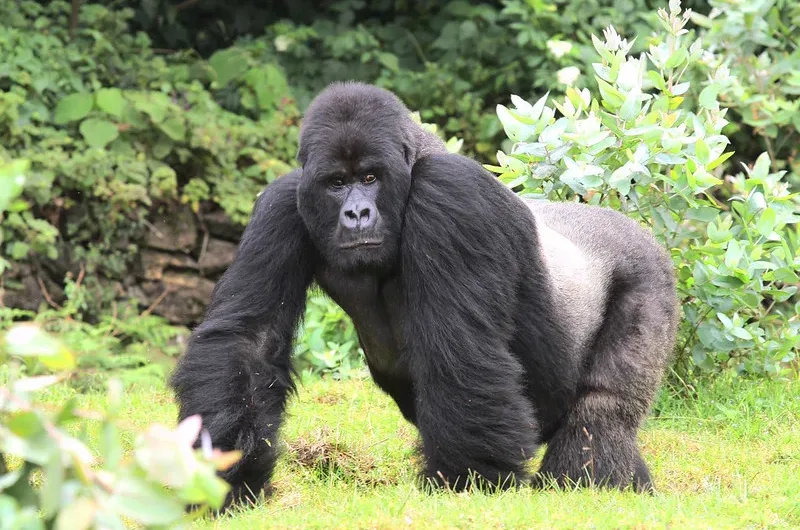
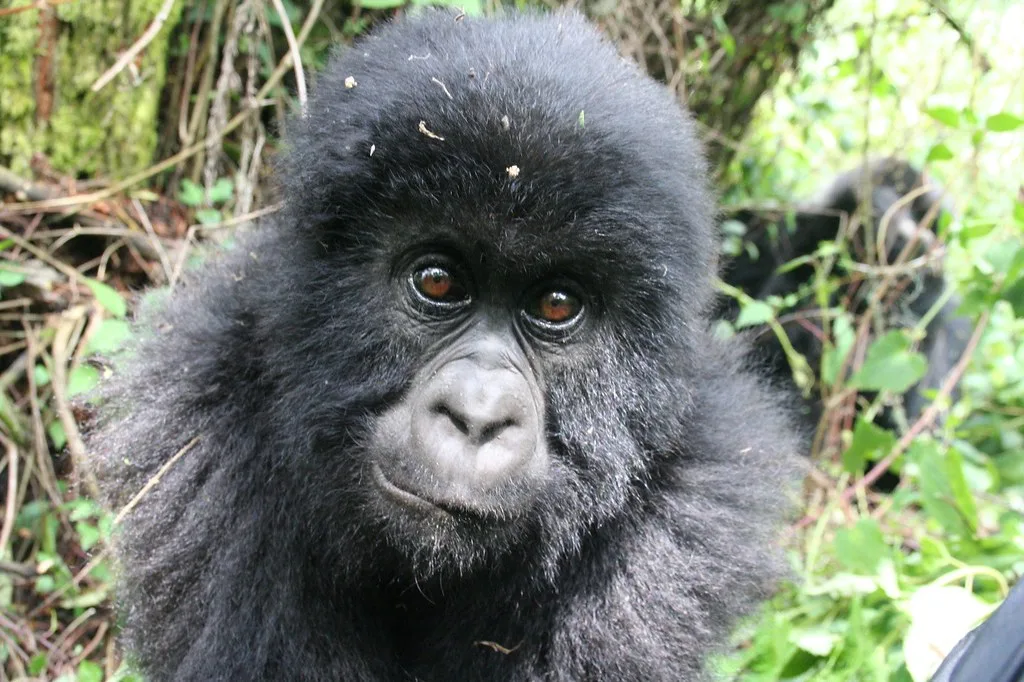
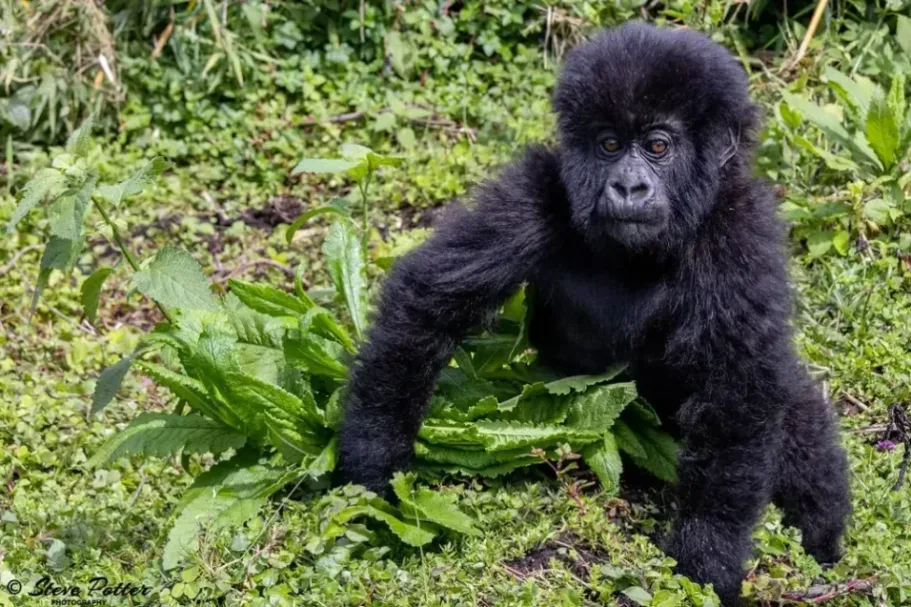
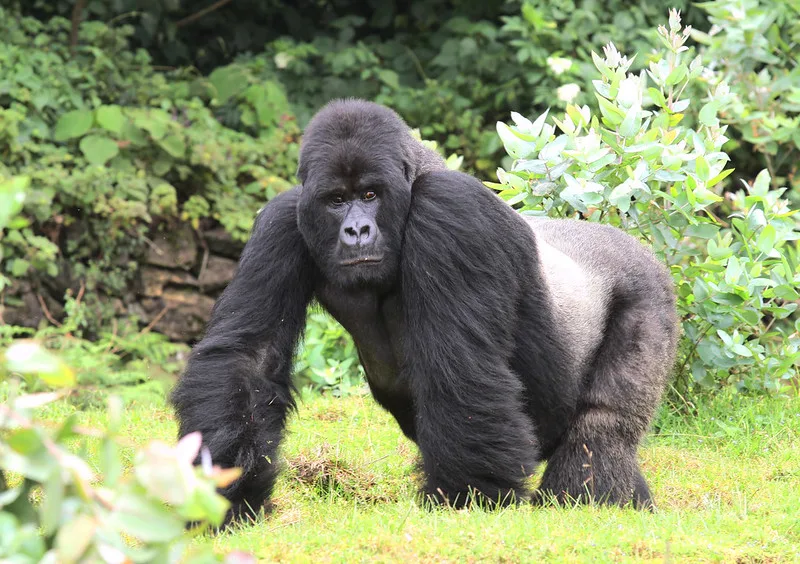
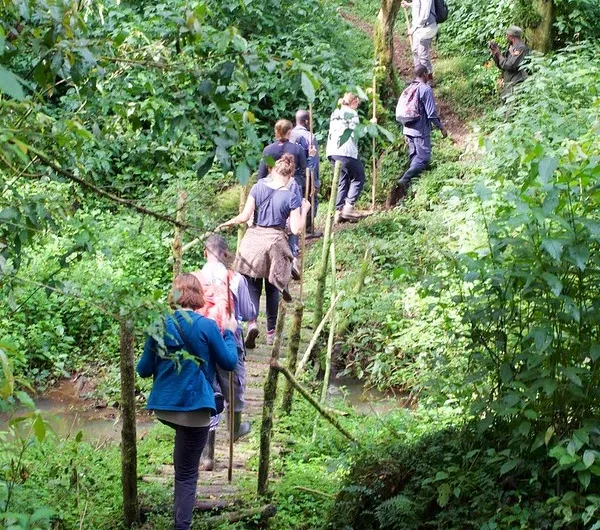
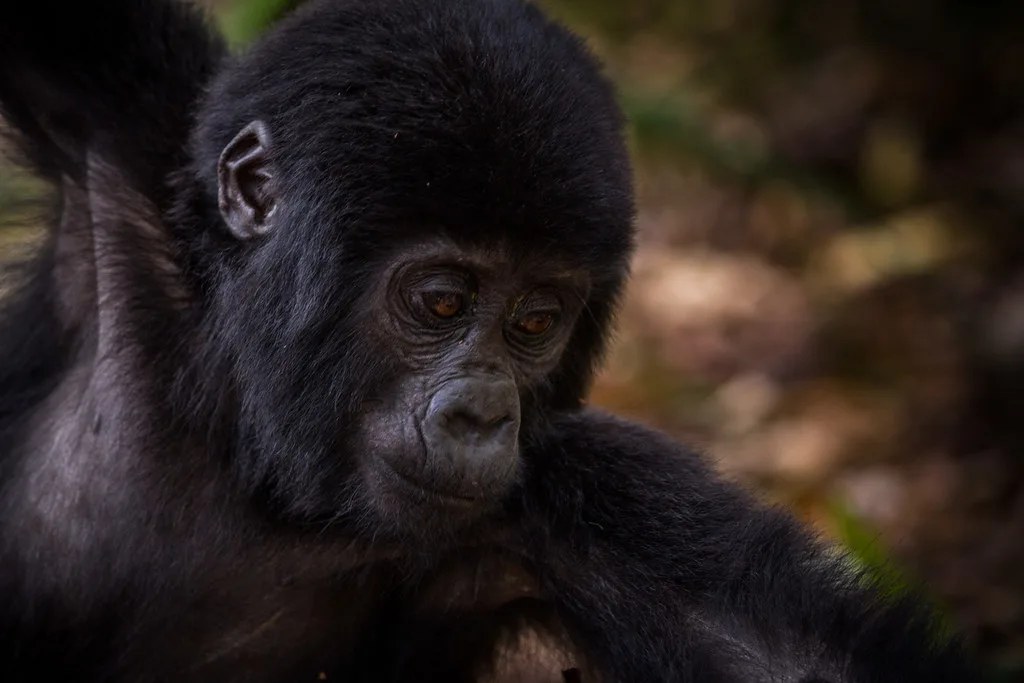
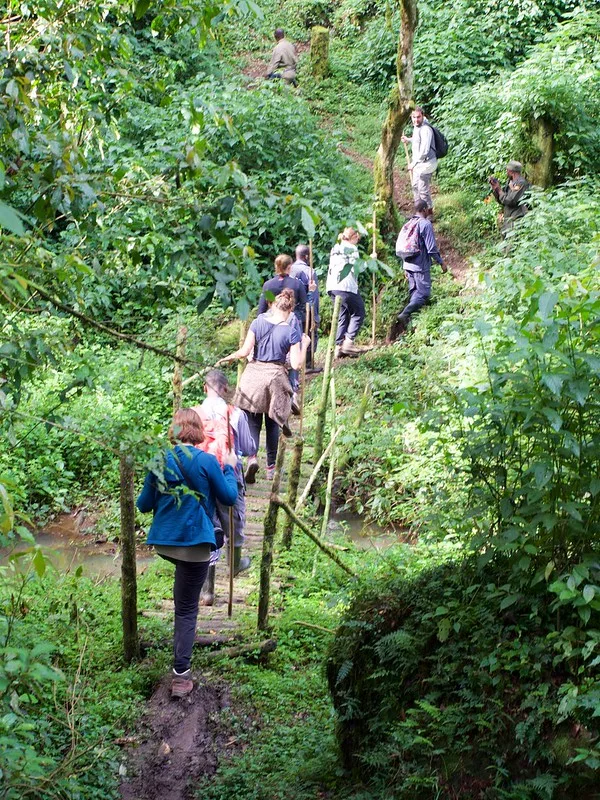 Recommended routes to reach Bwindi Impenetrable National Park: Kampala-Ntungamo-Rukungiri-Kihihi-Buhoma.
Recommended routes to reach Bwindi Impenetrable National Park: Kampala-Ntungamo-Rukungiri-Kihihi-Buhoma.